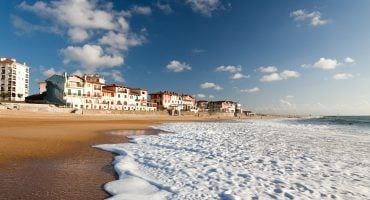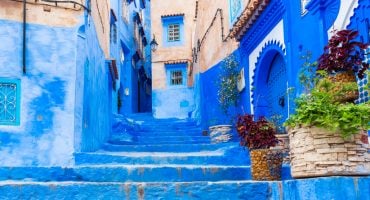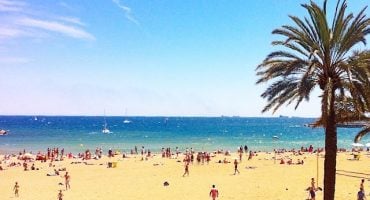During the winter months, this French-speaking province of Canada becomes a frozen natural wonderland. Quebec!
The Quebecois have figured out how to enjoy the natural surroundings because of – and not in spite of – the chilly temperatures, from fishing in frozen rivers to building hotels out of ice and getting around on snow sleds pulled by dogs. True to the Motto: The cold never bothered me anyway. If you prefer cities, you’ll find many world-class museums and chic French-inspired cafés where you can warm up in style.
Let Quebec surprise you.
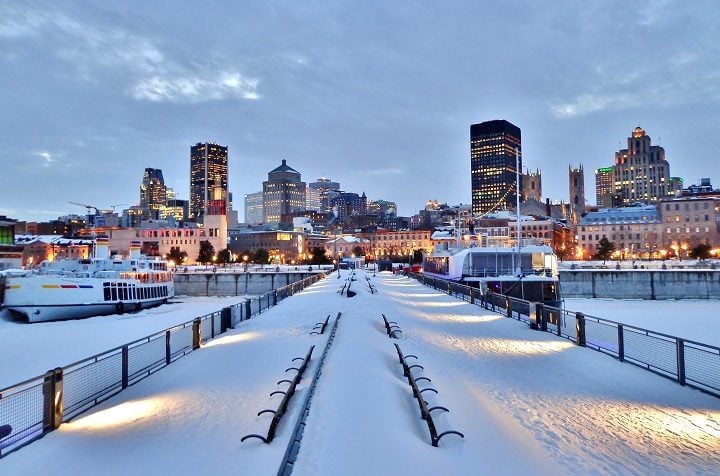
Quebec is a thriving region located near the sea and at the mouth of a wide river, a prosperous place where the Huron-Wendat Nation, the Algonquians and the Iroquois Mohawks’ Turtle-Bear-Wolf Clans all chose to settle. The first inhabitants of this region home to vast plains and deep forests named it kébec, a word that means “where the river narrows”. But in 1642, the Europeans came to stay for good. The French explorer Paul Chomedey de Maisonneuv landed on Canadian shores after a terrible crossing during which most of his crew perished. Maisonneuv founded a small settlement upriver known as Ville-Marie. As you might expect, the Iroquois weren’t too fond of these settlers, but after years of skirmishes they were eventually forced to sign a peace agreement with the Europeans. Ville-Marie would go down in history as one of the very first cities in North America, and over the years it became known by its current name – Montreal.
Come with us to Montreal.
Montreal: Culture beneath the cold
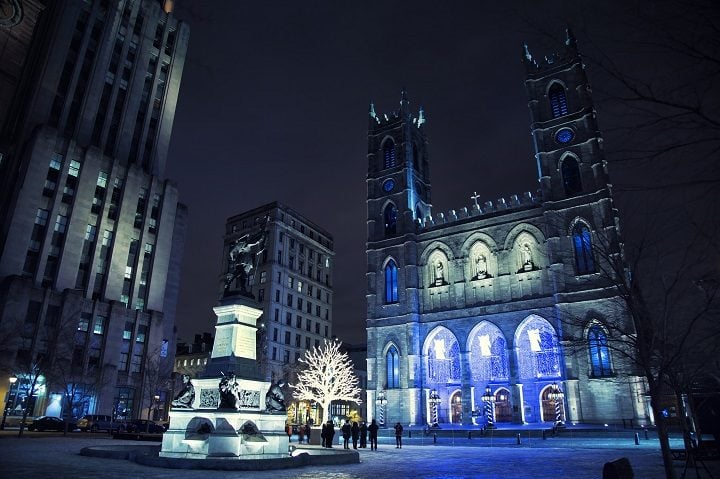
The story of the French’s stay in Quebecois territory began in the heart of old Montreal in the Place d’Armes. This is where you’ll find many of the city’s historical buildings, like the New York Life Insurance Building and the Bank of Montreal Head Office (the oldest bank in the entire country, though no longer the bank’s headquarters).
But there’s one building that stands out above the rest – the Notre-Dame Basilica, the symbol of Montreal and also a visual reminder that Quebec is the only Canadian province with a primarily Catholic population.
Not far from here, you can find another architectural example of the faith of Montreal’s first inhabitants – the picturesque chapel of Notre-Dame-de-Bon-Secours, known as the Sailor’s Church for its plaque bearing prayers for fisherman. Fittingly, the Saint Lawrence River lies just in front of the chapel. It’s a refreshing place to enjoy year-round, even in the winter, when locals fish in the river by creating a hole in the ice. In spite of being at the same latitude as France’s Bordeaux, Montreal’s winter temperatures are similar to what you see in Scandinavian countries, as they don’t benefit from Gulf Stream’s warming effect as some European countries do.
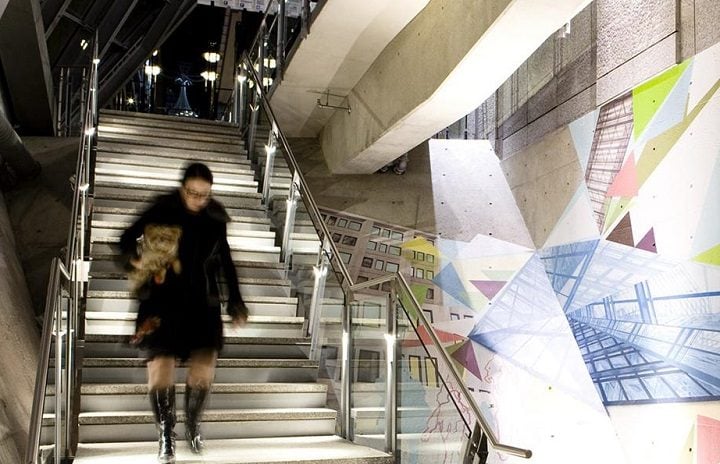
To fight the chilly climate here, the local authorities built a series of covered streets with heating and underground passageways in the early 1960s. Today, these covered streets connect 63 buildings, as well as some 2,000 shops, 40 cinemas and 17 museums. This is where you’ll find some of the best entertainment under the cloudy skies of Montreal on freezing cold days. The standout underground options include the Musée d’Archéologie et d’Historie, dedicated to Montreal’s origins; the Musée McCord, which houses more than a million things that once belonging to the first settlers to come to Canada; the Musée des Beaux-Arts, which features works from prolific artists like Rembrandt, Monet and Picasso; and the Musée d’Art Contemporain, one of the best art museums in the country.
Quebec in winter: Connect with nature in Sant-Mauricie
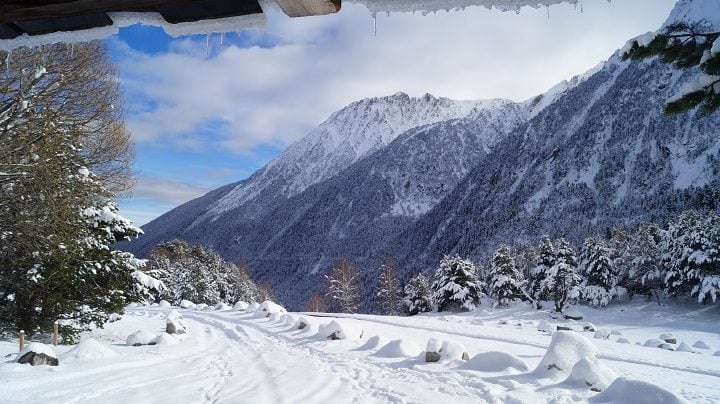
Along the motorway that connects Montreal with the more northern Quebec Ville, a turn off at the small town of Trois-Rivières leads towards the Parc National du Canada de la Mauricie, a favourite spot for Montreal locals wanting to escape the city. These motorways are one of the only signs of civilisation you’ll see in the area, which is mostly dominated by birch and poplar trees and lakes, and is decidedly nature at its wildest (and finest). This is where the First Nations peoples hunted and where much of the wood and paper industry once operated – that is, until the Canadian government decided to protect the area from logging in 1970. Today, sawmills are long gone from this part of the map.
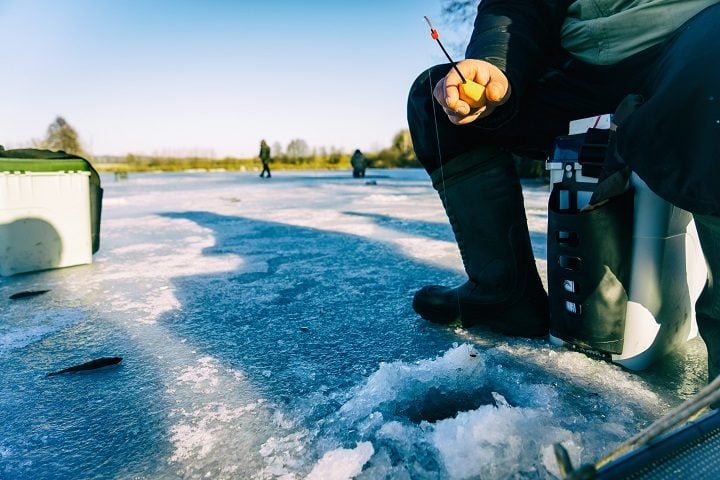
A trip to Mauricie wouldn’t be complete without a visit to one of the many lakes sprinkled around the region. The most popular activity here is fishing, which attracts thousands of visitors year-round. In the winter, it’s done while sitting on top of the ice. A drill, a fishing rod and a bit of bait are all you need to get started. After a few hours of patiently waiting for fish, you’ll be able to enjoy another one of the local traditions – a barbecue to cook up all the freshly caught fish in the middle of the beautiful natural surroundings. You can also try a spot of dog sledding or snowshoeing to explore the frozen lakes and forests.
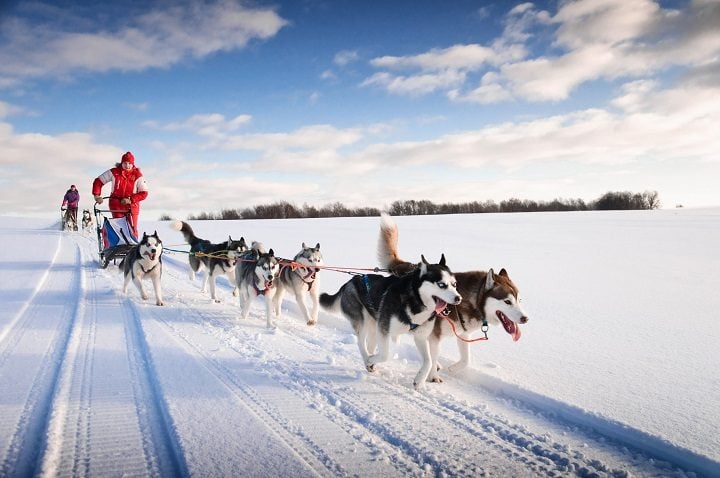
Though the very first inhabitants of the area partook in ice fishing and adventuring through the snowy landscapes, the 20th century has also made its mark on today’s leisure activities in Mauricie with the snowmobile. A Mauricie local was actually the brains behind this new form of transportation. Québécois Joseph-Armand Bombardier came up with the idea for this ingenious motorcycle pulled by tracks to deal with the need to cover large distances of snowy lands. The snowmobile went on sale for the first time 1937, and today there are hundreds of miles of trails connecting the towns in the north of Canada.
Sugar shacks
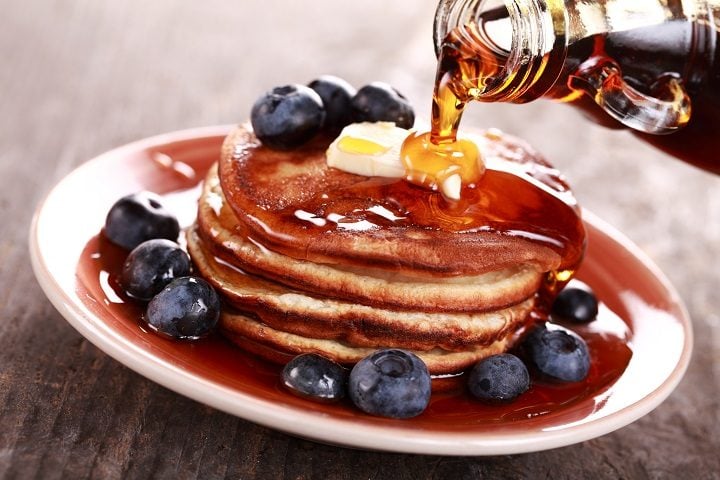
The winter months are ideal for collecting maple sugar, a sweet elixir that even Quebec’s original residents enjoyed. You can add it to practically any kind of food, from pancakes to yoghurts, and even pork and cheese dishes. Maple syrup is Canada’s most famous and most exported food product, and three-fourths of the maple syrup produced worldwide comes from Quebec. The process of obtaining this exquisite delight is simple. The sap is extracted from trees and then cooked until it turns caramel-coloured – that’s all. The collection and cooking process is carried out in cabanes à sucre (sugar shacks) in the midst of forests of maple trees. Lots of them offer traditional cuisine and live music for guests to enjoy during the harvesting season.
Bonus track: Fleeting hotels
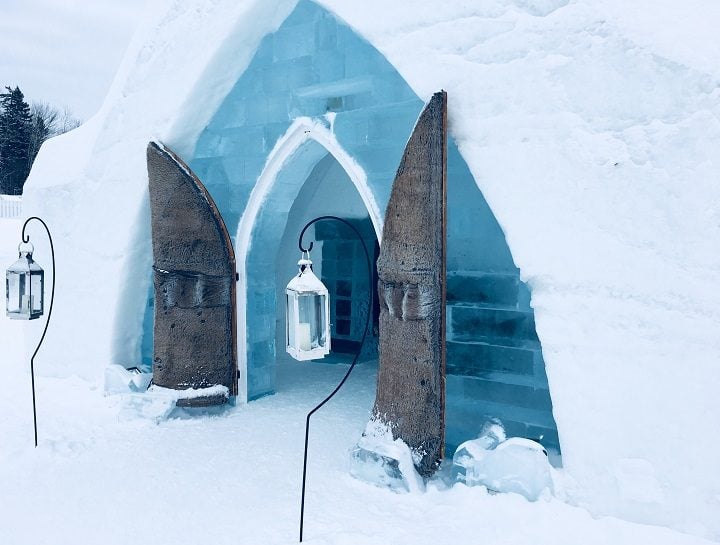
500 tonnes of ice and 15,000 tonnes of snow are used to create walls, ceilings, columns, domes and all sorts of decorative elements year-round in order to form the fabulous Hotel de Glace, located ten minutes away from the centre of Quebec Ville. Apart from the chimneys and pillows (which for obvious reasons are made out of different materials), everything else is sculpted out of ice, including the beds, the lamps and the shot glasses at the bar. The temperature inside the rooms rarely gets above -3°C.
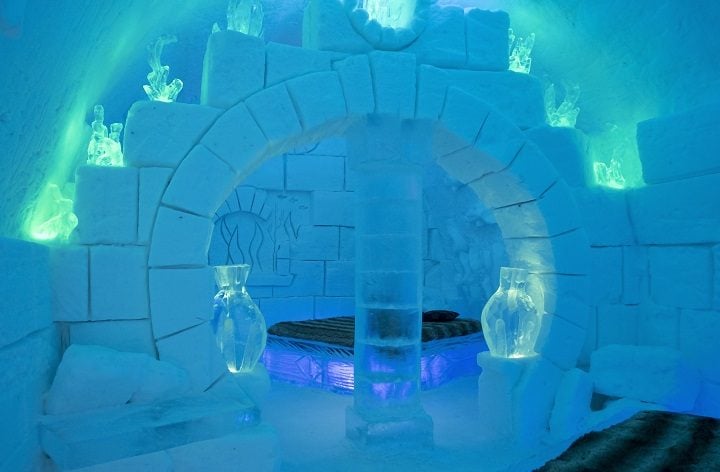
More information: Quebec Tourism
